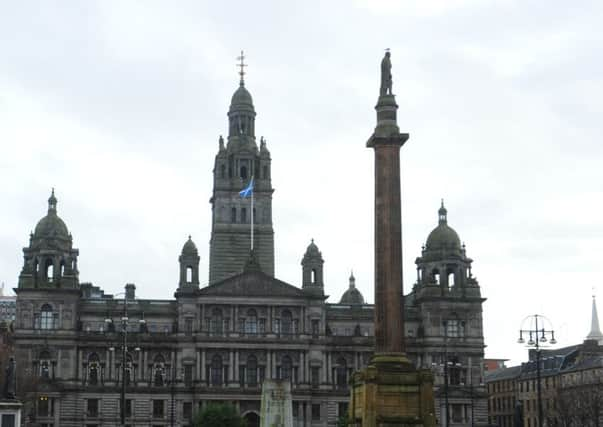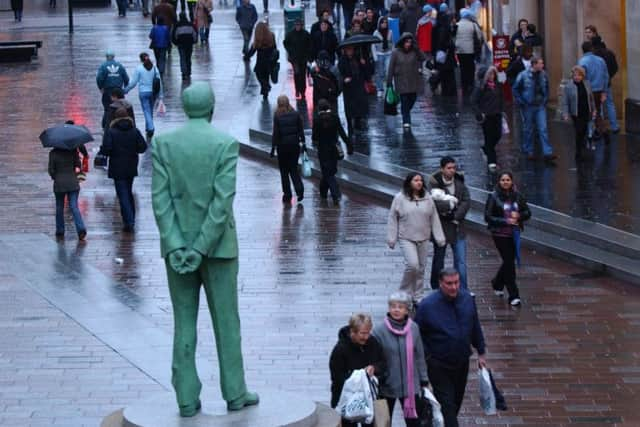Glasgow has smallest population growth among major UK cities


Scotland’s largest city has grown by just one per cent in the past four years, according to a report for the Office for National Statistics.
In the same period, London’s population surged by almost 500,000 residents - an increase of 5.7 per cent.
Advertisement
Hide AdAdvertisement
Hide AdStatisticians examined population data relating to the UK capital and the next 10 most populous city areas.


All saw an increase in inhabitants, with the total population across the 11 regions rising by 3.4 per cent, or 885,000 in four years, to reach almost 27.2 million in 2015.
“All city regions have grown in population since 2011 and are projected to continue to grow. Greater London has had, and is projected to have, the most rapid growth,” the report said.
Data showed that on average, the areas other than Greater London have grown slightly more slowly than the rest of the UK.


As a whole, the city regions excluding London increased by 2.3 per cent on average.
Change in the population size is caused by a combination of births, deaths, migration from within the UK and international migration, the study said.
Net long-term international migration - the difference between the numbers arriving and leaving - was estimated at an average of 153,000 a year between 2011 and 2015 across the city regions. Greater London accounted for more than half of the figure, with 97,000 a year.
Advertisement
Hide AdAdvertisement
Hide Ad“What can be said for certain is that Glasgow’s population figures have been rising on an annual basis since a modern times low of 578,000 in 2001, and reflect a city with significantly more employment than a decade ago and one that is increasingly attractive as a place in which people are choosing to live, work, study and invest in,” a spokesman for Glasgow City Council told The Scotsman in September.
The population of Glasgow city centre is 28,000 but officials believe this is ripe for growth, with increased demand for urban living.
The council recently appointed international real estate advisor Savills to assist on its residential strategy, which will consider the current city centre residential market, existing and vacant residential space.
Patterns of internal and international migration were very different, according to the research.
While some city regions have had population increase from internal migration, on average there has been a net outflow to the rest of the UK.
On the other hand all areas have seen growth from international migration, with a concentration of immigrants in the 22 to 29-year-old age group, the report added.
All city regions had more births than deaths, although in some cases the difference was small.
The areas covered were: Greater London, Bristol, West Midlands, Greater Manchester, Edinburgh, West Yorkshire, Sheffield, Cardiff, North East, Liverpool and Glasgow. Together they account for more than two fifths of the total UK population of 65 million.
Advertisement
Hide AdAdvertisement
Hide AdThe report concluded that the findings suggest that although they may differ in physical characteristics from other areas of the country, city regions are not inherently distinctive in terms of population dynamics.
“Instead they vary considerably, but with Greater London markedly different from the rest,” it added.
